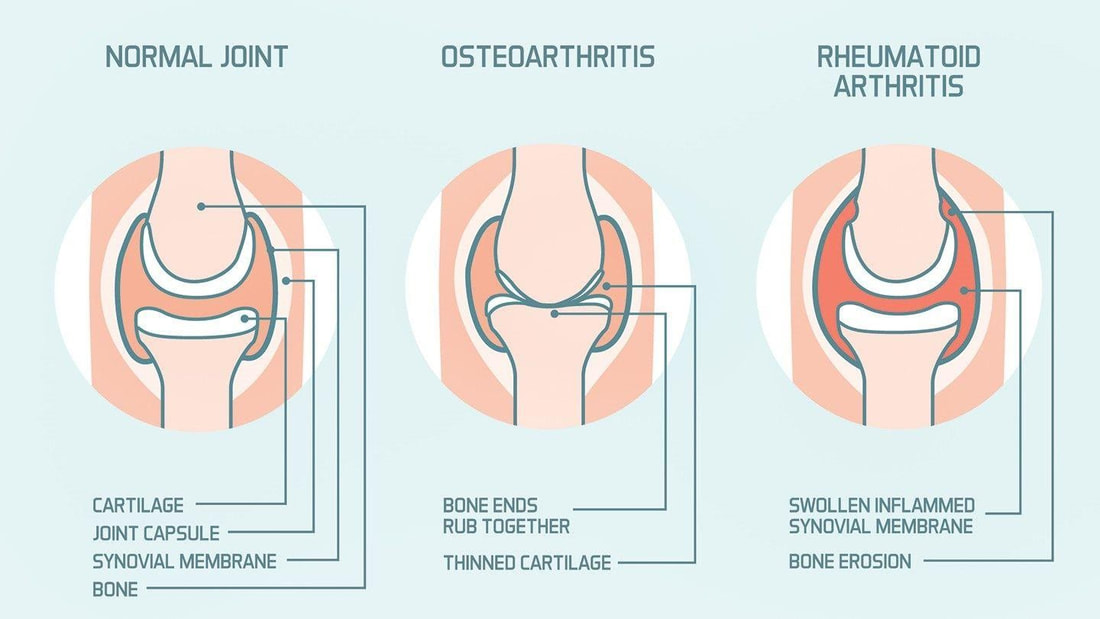 You have likely heard of many people saying they have OSTEOARTHRITIS (OA).. but what about RHEUMATOID ARTHRITIS (RA)? What’s the difference between the two? I’m glad you asked! Osteoarthritis is a disease that involves the WEAR AND TEAR of joints over time, causing the cartilage that surrounds and cushions our joints to break down. Rheumatoid Arthritis is an AUTOIMMUNE DISEASE causing the body’s immune system to attack itself. Often the fist sign of Rheumatoid Arthritis is not joint pain but rather fatigue, “flu-like” symptoms or weakness. Disease Causes: Both OA and RA affect the protective tissue that surrounds our joints and prevents bone on bone friction from occurring. Although each disease impacts this tissue through different methods. During OA as we age the protective cartilage around the joint wears down and bones begin to scrape across each other causing friction and pain. This wear and tear can happen generally due to age but repetitive movements, high impact sports and additional load/ weight on the joints can speed up this process. As RA is an autoimmune disease it is caused from a mutation in the body that mistakenly attacks the healthy joint tissue, breaking it down. This can occur at any age and can progressively worsen over weeks, months or years. Disease Symptoms: Common symptoms of both OA and RA include;
Where in the body am I most likely to get each disease? Both diseases can affect any joint within the body although OA is more likely to affect knees, finger/ thumb joints, the hips or spine. RA on the other hand frequently occurs in the hands, fingers, elbows, knees, feet and hips and will generally occur in the same joints on both sides of the body. Treatment/ Physical Therapies: In both OA and RA physical activity and treatment will assist in improving the condition of both diseases. This assists in increasing joint mobility and improving strength in surrounding muscles to decrease the load that is placed through the joint. To learn more about what specific movements can assist OA or RA, get in touch with a local Accredited Exercise Physiologist. For more information about arthritis and some exercises that may be appropriate, have a look at some of our previous blogs at http://www.optimumep.com.au/blog/category/osteoarthritis Aleisha Michael Accredited Exercise Physiologist.
0 Comments
Two thirds of the Australian population are either overweight or obese, and although not all are trying to lose weight, many are. Is this you?
Some dieters,
Exercise and nutrition both play a part in losing weight, with research confirming that a combination of nutrition and exercise having the best result on long term weight loss. Each year diets are ranked from best to worst Each year the US News and World Report have a panel of experts that evaluate modern and popular diets. Diets are rated out of 5 in terms of their success for short term weight loss, their success in achieving long term weight loss, and also how healthy they are in relation to nutritional value. Australian researchers are also planning on commencing this rating process soon and will release their own findings. What are the worst diets out there?
What were rated as the top diets? The top 3 diets for 2021
The Mediterranean diet
The DASH diet
Flexitarian diet
What do the top 3 diets have in common? All of these diets ..
Lisa Parkinson Accredited Exercise Physiologist & Diabetes Educator 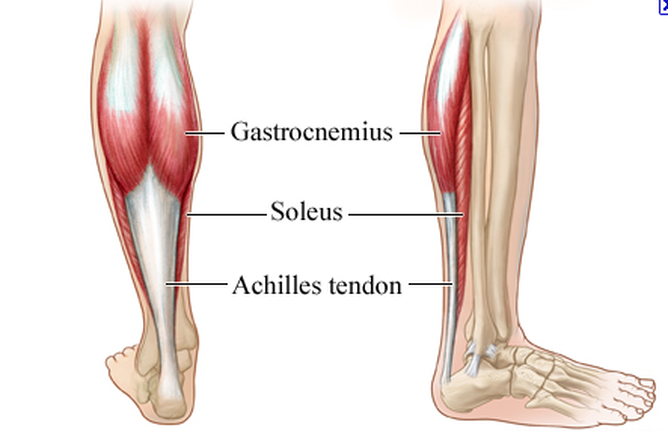 What is the Calf? The calf as it is commonly known, is in the lower leg between the knee and ankle and is made up of only two muscles, the Gastrocnemius and the Soleus. These two muscles join together to form your Achilles tendon which then attaches onto the heel of your foot.
Why is Strength in the Calf so important? The role of our calf muscles is to propel us forward during each and every step that we take. Anything from walking slowly or climbing stairs, to dancing, sprinting or jumping, all requires high levels of calf strength. Injuries that are preventable with good Calf Strength Having a good foundational level of strength in the calf can assist in preventing a number of calf injuries, such as;
The 3 best calf strengthening exercises Typically, the calf is one of the most under trained muscles in the body. When conducting any of the below exercises it is important to be aware of the load and repetitions that you are completing, relative to your current ability and capacity. Be careful not to go too hard too early with these exercises, start gradually and build your strength and endurance up over time.
Progressions:
2. Straight knee incline calf raise Start with both feet standing on an incline surface or raised surface, with your heels hanging off the edge. Have something stable nearby to hold onto and help support yourself during the movement. Lift your heels upward, pushing up onto your toes, reaching as high as you can. Then slowly lower back down and repeat. Progressions:
3. Hopping/ Skipping Hopping produces explosive movements and replicates running or tasks that can usually cause calf injuries. Start by either skipping in a skipping rope or double leg hops and then progressing the difficulty. Progressions:
By, Aleisha Michael Accredited Exercise Physiologist |
AuthorSLisa Parkinson Archives
July 2024
Categories
All
|

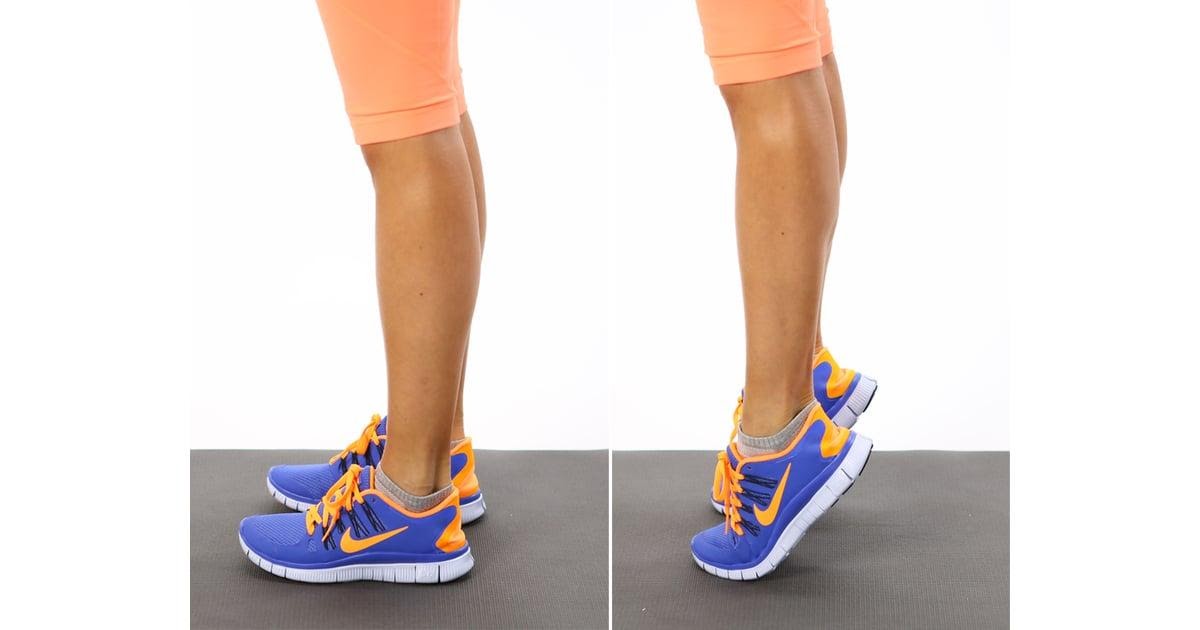
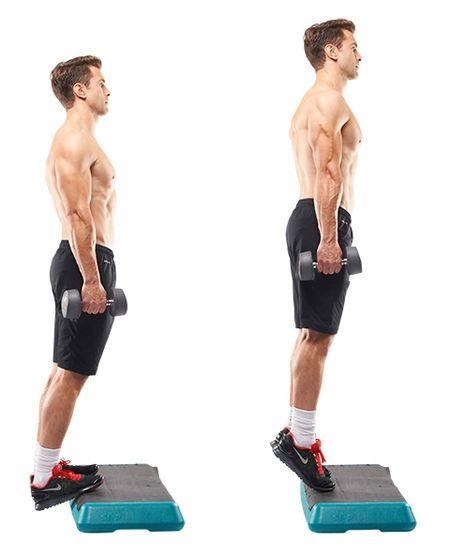
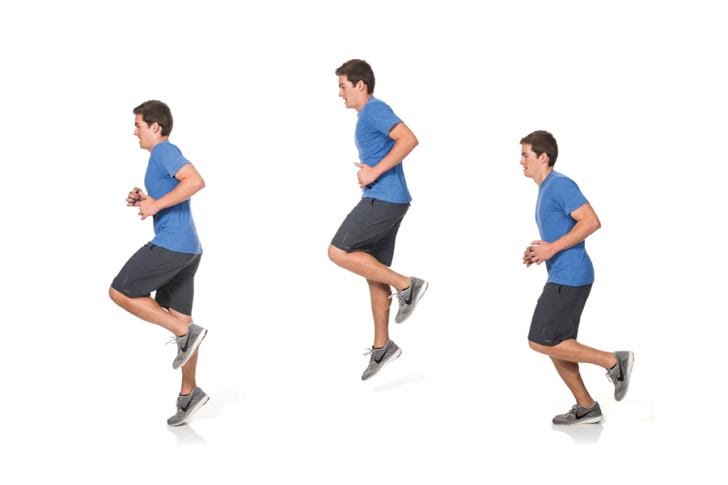
 RSS Feed
RSS Feed